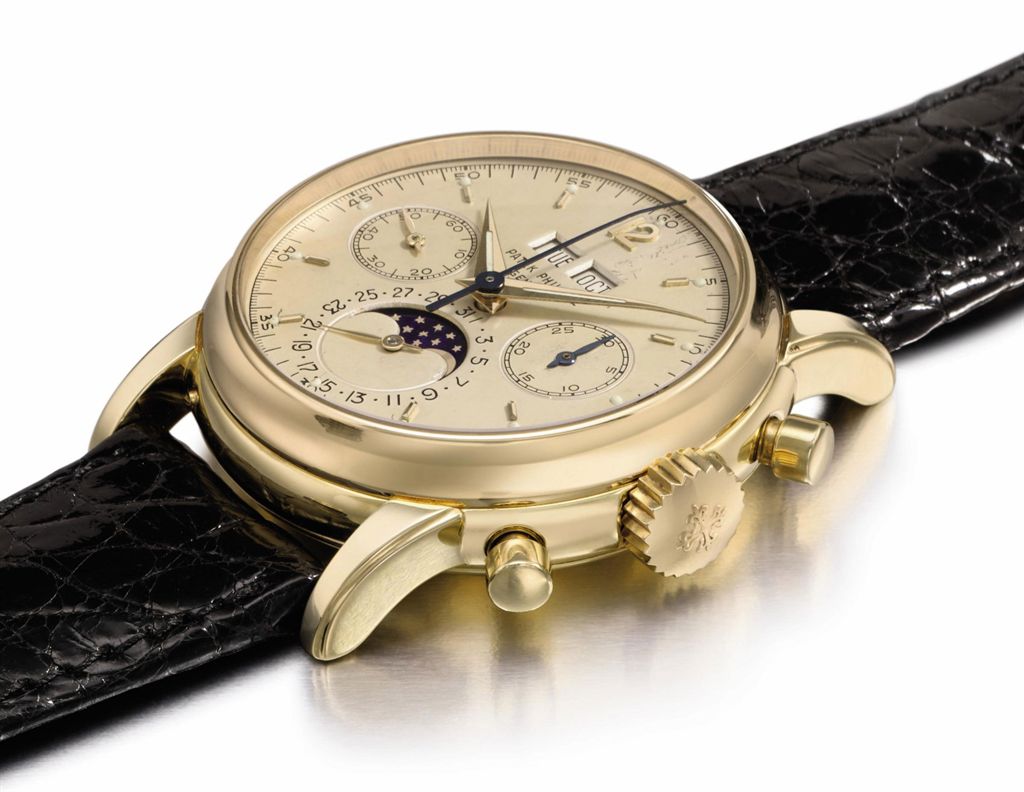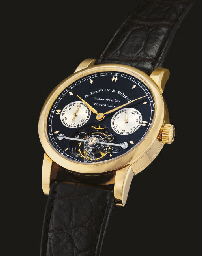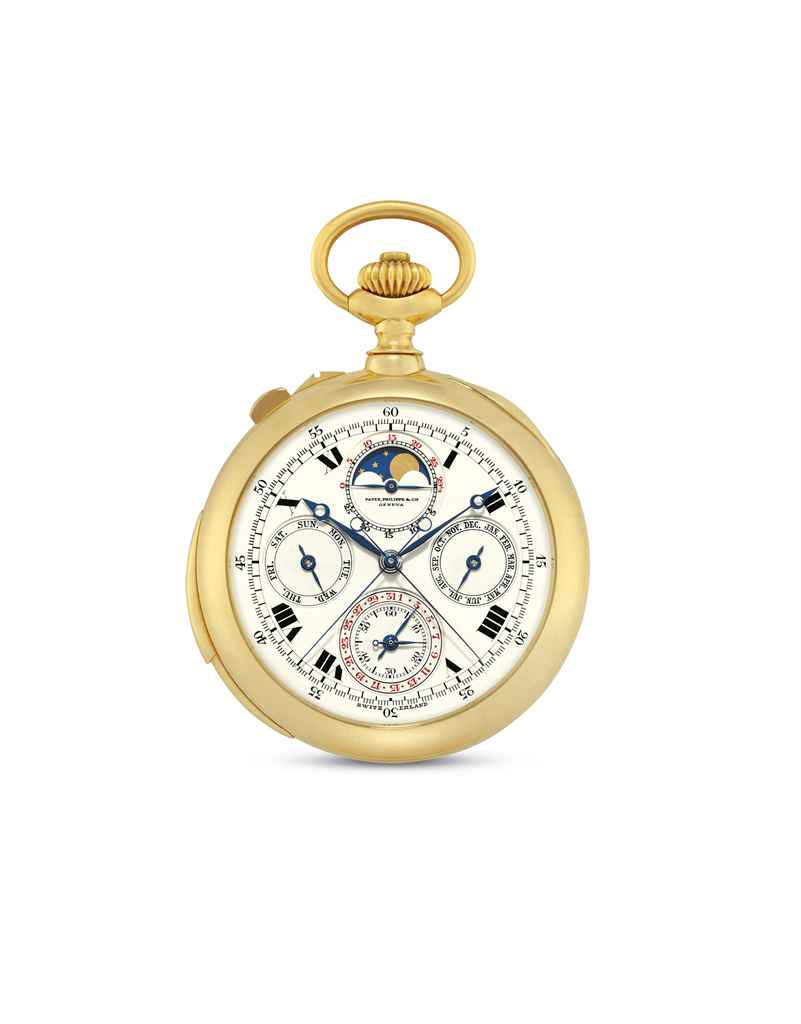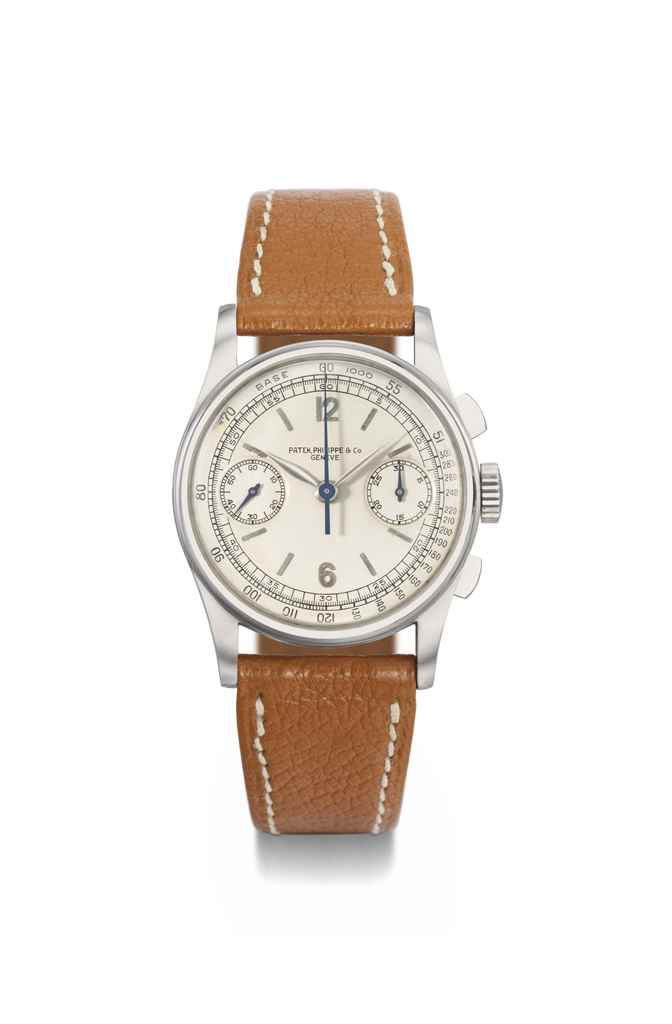A fine and rare mid 19th-Century mechanical orrery, signed on the central brass ferrule NEGRETTI & ZAMBRA, LONDON. , in a black-painted pine box with two carrying handles and key -- 19 7/8in. (50.5cm.) wide See Colour Illustration and Detail A central vertical axis supports the 6.3cm. (2½in.) diameter gilt-painted wood and plaster Sun ball and the complex geared mechanism to the 3.8cm. (1½in.) diameter terrestrial globe. This is made up of twelve hand-coloured engraved gores and signed MALBY & C O Houghton Str. Newcastle St. Strand 1855 . The equatorial and the equinoctial colure are graduated in degrees; the Greenwich meridian is ungraduated; the ecliptic is graduated in twelve times 0-30° with sigils for the houses of the Zodiac. The continents are shaded and coloured in outline in red, blue, yellow and green and show towns, cities, rivers and the Great Wall of China. The globe has a brass twilight zone indicator mounted over it and a small ivory moon ball arranged to orbit the Earth on a pin that moves around a tilted brass ring (the pin is a replacement but the original is retained). Beneath this is a silvered brass disc graduated around the circumference in days 0-29½ and showing the phases of the moon. On the central axis beneath the Sun are seven brass arms of increasing length to support the planet balls. These are all made of turned ivory and are half-ebonised. Mercury and Venus have no moons; Mars has two small ivory moon balls on short brass arms; Jupiter has four moons; Saturn has an ivory ring (half missing) and eight moons; Neptune has four moons; and Uranus has two moons. The whole instrument is mounted on a 44.5cm. (17½in.) diameter mahogany horizon plate with three turned mahogany legs and further gears beneath, to an ivory turning handle. The upper side of the horizon plate is applied with a hand-coloured engraved paper; this is mostly pale green with five rings of scales in yellow around the circumference: degrees of amplitude and azimuth, each 0-90° (x4); thirty-two compass points; days of the houses of the Zodiac with names and sigils; and days of the month. The planet arms for Uranus, Neptune, Saturn, Jupiter and Mars are all removable for storage on iron pins on the inside of carrying case, and the inside of the lid is applied with two Negretti & Zambra trade labels.
A fine and rare mid 19th-Century mechanical orrery, signed on the central brass ferrule NEGRETTI & ZAMBRA, LONDON. , in a black-painted pine box with two carrying handles and key -- 19 7/8in. (50.5cm.) wide See Colour Illustration and Detail A central vertical axis supports the 6.3cm. (2½in.) diameter gilt-painted wood and plaster Sun ball and the complex geared mechanism to the 3.8cm. (1½in.) diameter terrestrial globe. This is made up of twelve hand-coloured engraved gores and signed MALBY & C O Houghton Str. Newcastle St. Strand 1855 . The equatorial and the equinoctial colure are graduated in degrees; the Greenwich meridian is ungraduated; the ecliptic is graduated in twelve times 0-30° with sigils for the houses of the Zodiac. The continents are shaded and coloured in outline in red, blue, yellow and green and show towns, cities, rivers and the Great Wall of China. The globe has a brass twilight zone indicator mounted over it and a small ivory moon ball arranged to orbit the Earth on a pin that moves around a tilted brass ring (the pin is a replacement but the original is retained). Beneath this is a silvered brass disc graduated around the circumference in days 0-29½ and showing the phases of the moon. On the central axis beneath the Sun are seven brass arms of increasing length to support the planet balls. These are all made of turned ivory and are half-ebonised. Mercury and Venus have no moons; Mars has two small ivory moon balls on short brass arms; Jupiter has four moons; Saturn has an ivory ring (half missing) and eight moons; Neptune has four moons; and Uranus has two moons. The whole instrument is mounted on a 44.5cm. (17½in.) diameter mahogany horizon plate with three turned mahogany legs and further gears beneath, to an ivory turning handle. The upper side of the horizon plate is applied with a hand-coloured engraved paper; this is mostly pale green with five rings of scales in yellow around the circumference: degrees of amplitude and azimuth, each 0-90° (x4); thirty-two compass points; days of the houses of the Zodiac with names and sigils; and days of the month. The planet arms for Uranus, Neptune, Saturn, Jupiter and Mars are all removable for storage on iron pins on the inside of carrying case, and the inside of the lid is applied with two Negretti & Zambra trade labels.















Try LotSearch and its premium features for 7 days - without any costs!
Be notified automatically about new items in upcoming auctions.
Create an alert